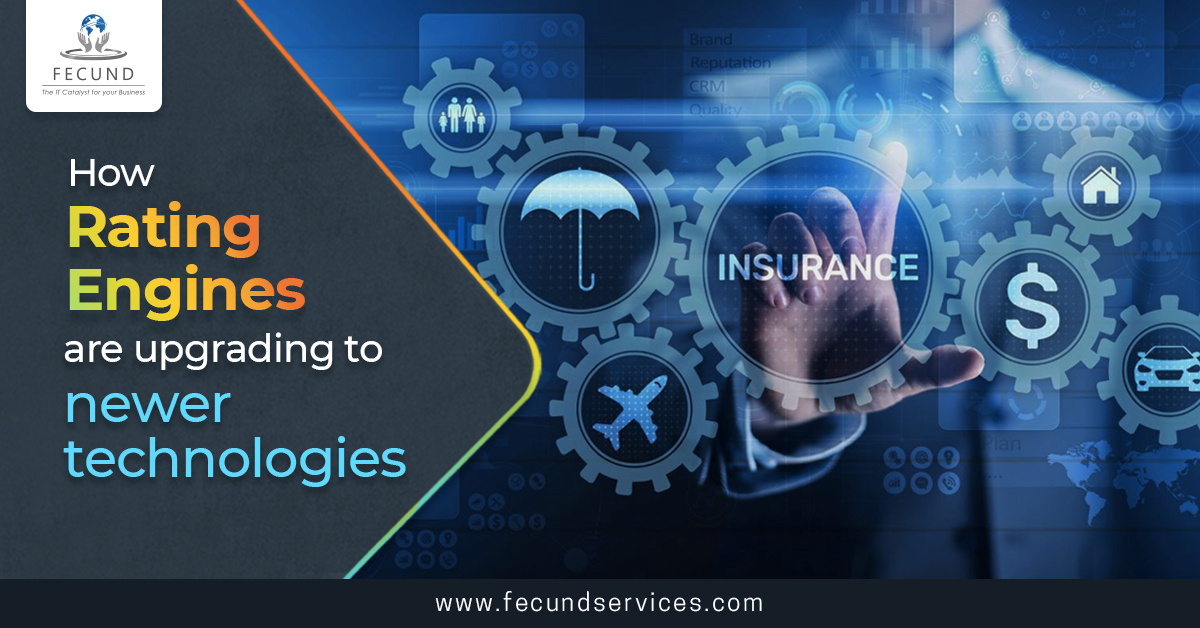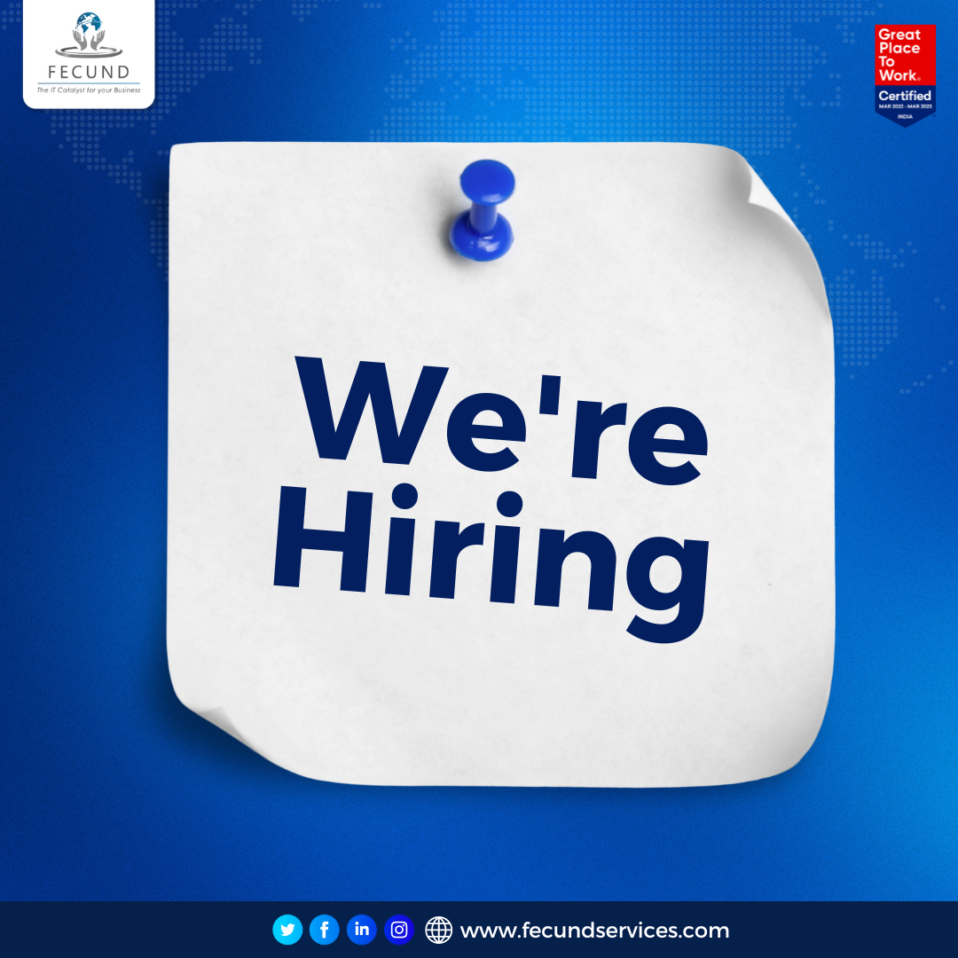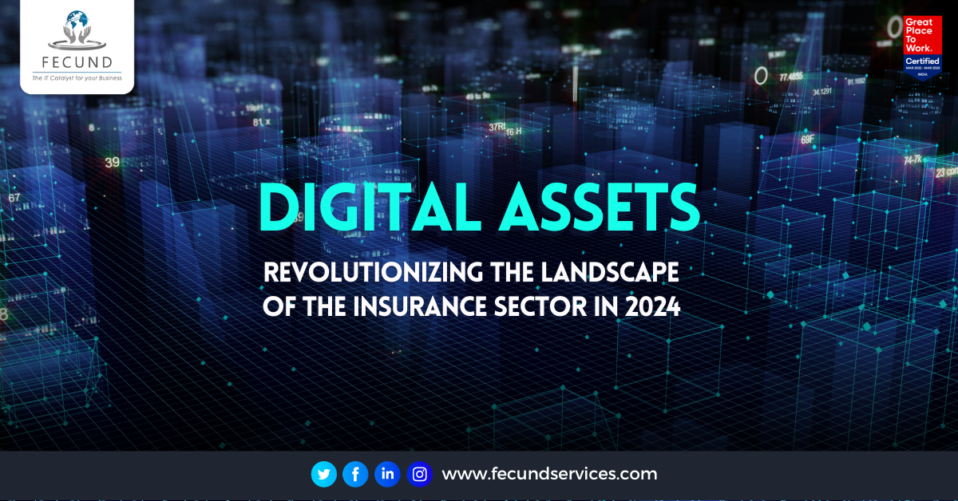 The life cycle of a policy starts with an application by a prospect. Post this there are a lot of things that happen behind the scenes and one of the most critical activities in this process is the determination of premium. Before the determination of the premium, various underwriting activities are performed by the ‘Policy Administration System’ (PAS) and then the calculation of premiums (Rating) is performed by the ‘Rating Engine’.
The life cycle of a policy starts with an application by a prospect. Post this there are a lot of things that happen behind the scenes and one of the most critical activities in this process is the determination of premium. Before the determination of the premium, various underwriting activities are performed by the ‘Policy Administration System’ (PAS) and then the calculation of premiums (Rating) is performed by the ‘Rating Engine’.
Rating is a core function of a carrier’s business and directly impacts its revenues. Rating involves the implementation of complex algorithms as required by the actuarial and product management groups. These objectives are achieved by employing rating engines that are built on various technological platforms. Implementation of unique and the most advanced technologies is a major differentiator for an insurance company in a crowded industry. Many companies have already transitioned or are in the process of migrating from legacy software systems to more advanced technologies. In line with such technological advancements, areas associated with ‘Rating’ too are seeing major changes.
Rating engines are upgrading to newer technologies such as Cloud, Data Analytics, etc. and at the same time, the dependency on IT experts for customization and configuration is declining as most of the modern-day systems are easy to use and give business users the ability to configure with minimal support from IT.
The carriers that decide to modernize their rating technology have to go through a complicated decision-making process due to the availability of various advanced Rating products in the market. Such decisions are mostly based on the following factors,
- Ability to design complex algorithms – Support modern-day data-driven pricing models.
- Implementation Time – Shorter time to profitability.
- Organizational flexibility – Integration with existing legacy systems and resource utilization in terms of Product ownership.
- Scalability and extensibility – Handle an ever-increasing amount of work.
Based on the architecture, the rating engines may be categorized as ‘Stand-Alone’ and ‘Integrated’, each having its advantages and disadvantages.
|
Stand-Alone |
Integrated/Embedded |
|
Independent software systems dedicated only to rating activities may provide various advanced features to help build complex algorithms. |
Embedded with the PAS system and may cater to only basic/standard rating requirements. |
|
Platform independence may easily integrate with any policy administration systems that are based on different technological platforms. |
Tightly coupled with the PAS system, may have limitations due to proprietary technologies, etc. |
|
Centralization of the rating processes and ensures consistency across all types of PAS systems of the carrier.
|
Data redundancy, inaccuracies, and duplication of efforts as rating changes have to be implemented separately for each PAS system. |
|
When exposed/integrated with Web portals, and aggregators, the performance could be managed for a large volume of users hitting the system. |
May not achieve the desired performance requirements. |
|
Some popular examples are CGI Ratabase, Insbridge Enterprise Rating |
Some popular examples are Guidewire, DuckCreeck, Majesco, OneShield |




Post a comment